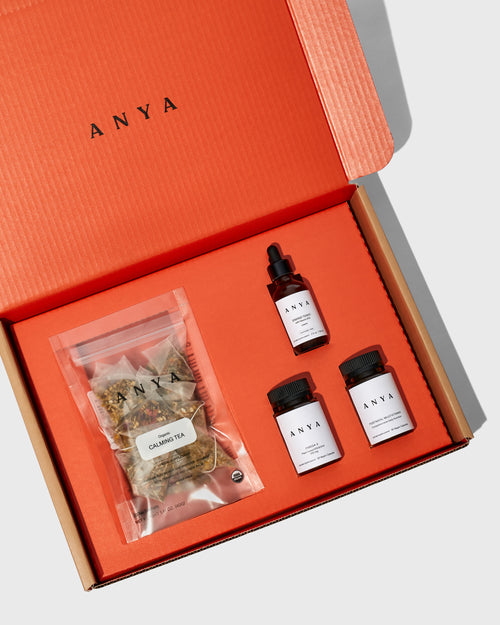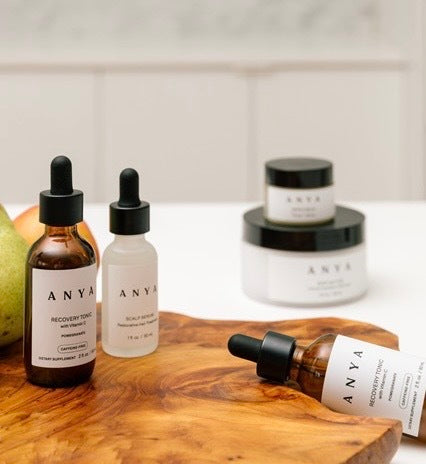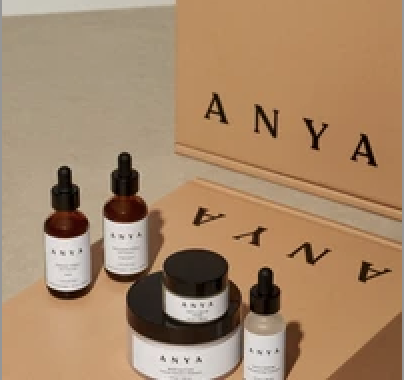Breastfeeding pain can be totally normal, but it can also be associated with engorgement, blocked ducts, or mastitis, an infection that requires medical attention. We asked Dr. Kelsey Kossl, a board-certified ob-gyn in New York, and Sarah Moore, a certified lactation counselor and educator in New York, about the most common causes of discomfort, how to treat the pain, and when to call a doctor.
Engorgement
What it is: Engorged breasts are hard, swollen, and sensitive and typically happen three to five days after delivery. While uncomfortable, “breast engorgement is a good thing,” says Kossl. “It’s physiological and has a purpose biologically.”
Why it happens: Increased blood flow to your breasts makes them swollen, and there is a surge in milk supply as colostrum is replaced by breast milk.
How to treat it: Think of the treatments as ways to mitigate the symptoms. “You don’t need to do or take anything in order to affect the outcome,” says Kossl. “If you just breastfeed through it, engorgement will lead to milk supply and a decrease in engorgement.” If you are very uncomfortable, Kossl suggests placing warm compresses on your breasts before breastfeeding to stimulate letdown or applying cold packs to ease swelling. “Tylenol and ibuprofen are safe and effective ways to ease the pain,” says Kossl, “but always check with your doctor before taking any medications.”
Blocked Ducts
What it is: Blocked or clogged milk ducts occur when the flow of milk through the duct to the nipple is obstructed. The obstruction is often characterized by a small red or pink lump on the site of the clogged duct, and the lump may be warm and sensitive or even painful to touch.
Why it happens: The most common cause of a blocked duct is insufficient draining of the breast, which happens if a baby favors one breast over the other or if you skip a few feedings. “A blocked duct can also result from wearing a bra that is too tight, especially one with an underwire,” says Moore.
How to treat it: Moore suggests a hot shower or warm compresses on your breasts and a gentle massage from the blocked duct toward the nipple. “Continue to massage the area—gently pushing your fingers toward the nipple—while your baby is feeding,” advises Moore. If your breasts do not feel empty and soft when the baby is done feeding, experts suggest pumping for ten to twenty minutes immediately afterward to ensure both breasts are entirely empty. A blocked duct will typically fix itself in one or two days. If it does not, seek help from a lactation consultant or your obstetrician—milk buildup can cause swelling and infection.
Mastitis
What it is: Mastitis is an infection in the milk duct that starts with a red circle at the spot of infection. “The circle may be two to four inches in diameter, and it is usually hot and painful,” says Moore, who notes that mastitis can show up with or without a high fever. Mastitis requires medical attention and is treated with antibiotics.
Why it happens: There are two common causes. The first is bacteria that has traveled through the nipple into the milk ducts. “It typically happens when nipples are cracked and bacteria gets inside,” says Moore. The second is an unresolved blocked duct that creates inflammation and swelling that in turn leads to mastitis.
How to treat it: “If you have signs of mastitis—redness, fever, pain—we want to treat it right away,” says Kossl. “Most of the time it’s uncomplicated: You take antibiotics and it gets better. Rarely, you can get breast abscesses that need to be drained.” If you do need medical treatment, your doctor will prescribe antibiotics that are safe to take while breastfeeding. Says Kossl, “It’s important that women continue to breastfeed regularly throughout the infection. Any pain medication that you need, such as acetaminophen or ibuprofen, is also safe.” If you experience a sudden fever, contact your doctor right away. “You don’t want to mess around with mastitis,” says Moore.
Dr. Kelsey Kossl is an adviser to Anya.






